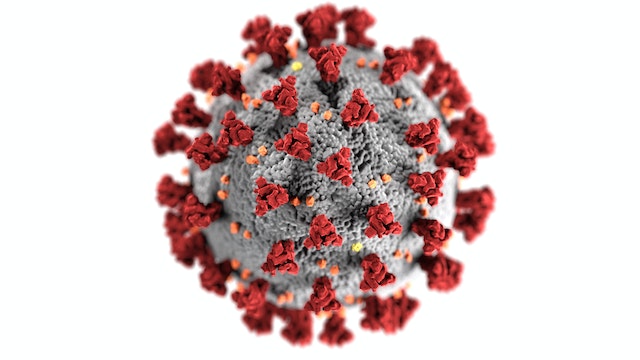What happens to the Internet when the entire world changes their behavior at the same time? Internet traffic patterns have been growing and changing for many years. However, the rate at which these traffic patterns changed during the spring of 2020 was unprecedented. So, what did this mean for the Internet, and how did networks manage with the heavy influx of traffic?
It was no secret that human behavior patterns drastically changed due to COVID19, as we have previously stated. As government mandated lockdowns confined people to the safety of their own homes, people needed to find new ways to work, educate, socialize and entertain themselves without setting foot outside. This meant many normal face-to-face interactions needed to be digitalized.
In this post, we explore the effects the lockdown had on network traffic with information provided by the ACM IMC 2020 paper The Lockdown Effect: Implications of the COVID-19 Pandemic on Internet Traffic. This paper, for which BENOCS contributed network insights and data, set out to see exactly how much traffic patterns changed as well as to find out if these patterns were proportionate to the new behaviors as reported in the German media and media in other countries.
By examining data from different network vantage points in Europe: 1 ISP, 3 IXPs and one educational network (which consists of 16 different education institutions) between March and June, 2020. The paper identifies significant changes in traffic volumes from the shift in human behavior and shows how it compares to the expected behavior as stated in the media.
Increases in ISP and IXP traffic
Over the last two decades, Internet user profiles changed significantly but at a steady pace. This gave operators ample time to adjust their networks accordingly. However, the effects of COVID-19 hit the Internet like a great storm, causing traffic levels to flood, thus testing the stability of its infrastructure – as storms typically do. In just a few weeks’ time, ISP and IXP traffic specifically in southern Europe increased more than 20% at the beginning of the forced lock-downs. This traffic shows a steady decrease in May 2020, as those areas began to loosen their lock-down restrictions. Not surprisingly, what they found was a traffic increase by 15-20% with a significant amount of growth during off-peak hour times (weekdays from 8AM-7PM), and mainly in residential areas.
I am text block. Click edit button to change this text. Lorem ipsum dolor sit amet, consectetur adipiscing elit. Ut elit tellus, luctus nec ullamcorper mattis, pulvinar dapibus leo.
Regular Weekday Traffic Reaches Volumes Similar to Peak-Hours
When looking at the behavior of the traffic, there appeared to be a significant shift, especially on weekdays both during the day and in the evening. In fact, the traffic during this time – typically less utilized – began to behave like weekend traffic – typically highly utilized. By testing different vantage points in the European Union, communication, entertainment and social media applications show a strong growth, particularly on weekdays during standard working hours. This tells us that many weekday in-face interactions such as meetings, shopping and schooling were performed at home and online.
The migration of employees into a working from home environment also reflected in network traffic. Due to the influx of employees suddenly working from home, VPN traffic also showed substantial weekday growth, with rates having grown 200% between February and March 2020. The traffic then reduces back to pre-lockdown levels as lock down restrictions loosened and more employees returned to their offices instead of working from home.
Lastly, the academic education network, which is a connection of 16 different networks, shows a drastic change during the lockdown. More specifically, a shift in daily peaks, with behaviors shifting to the middle of the night, thus showing students working from abroad, possibly due to restrictions on entering Germany or even Europe.
The Outcome
Taking all of the information from the vantage points into consideration, we can conclude that the network behaved exactly how one would predict, given how much news coverage at that time focused on the digitalization of work, education and events. How did the ISP fair in all of this? Despite the rise in traffic volumes and the extreme shift in traffic behavior, ISPs, specifically in Germany, have proved the preparedness of their infrastructure. There is no evidence of the increase of traffic impacting Internet operations, despite the 15-20% link capacity increase. However, this is and was easily solved with upgrading and building-out. Additionally, network operators often have plans for spikes in network traffic even long before the COVID-19 outbreak, thus ensuring such volumes would not disrupt their services.
How to stay future-proof
How do network operators know when an upgrade or a build-out is necessary? Network analytics has been around for years, however, now more than EVER has it become a crucial part of routine network operations. As more companies begin to announce their plans to grow their businesses digitally in a post-Corona society, network providers and operators can expect a continuation of rapid traffic growth. In order to guarantee the best quality of service, you need to remain ahead, and the best way to do that is through network Analytics.
The information in this post comes from the paper “The Lockdown Effect: Implications of the COVID-19 Pandemic on Internet Traffic.” To read the full study, please click here.
